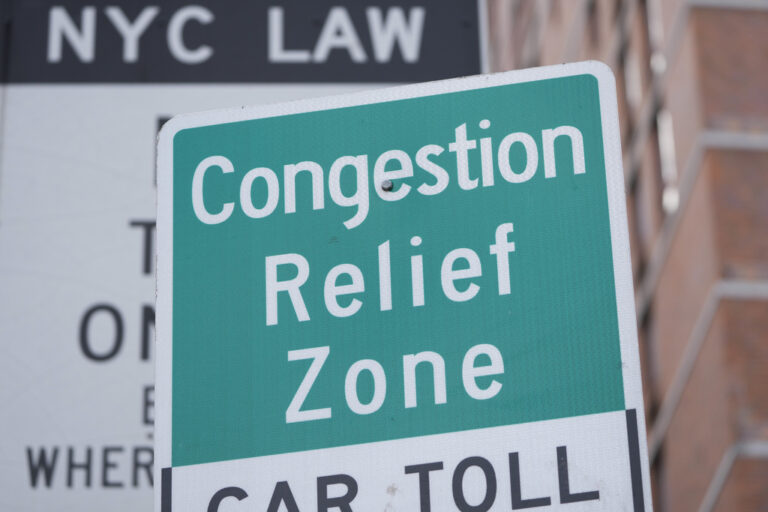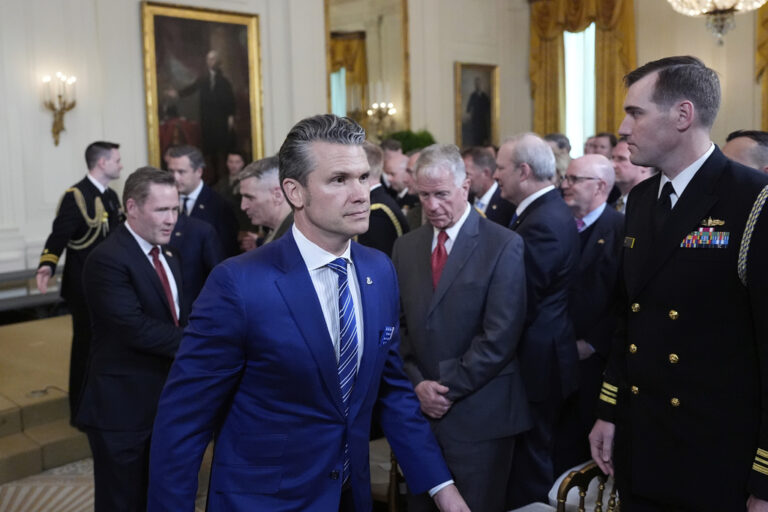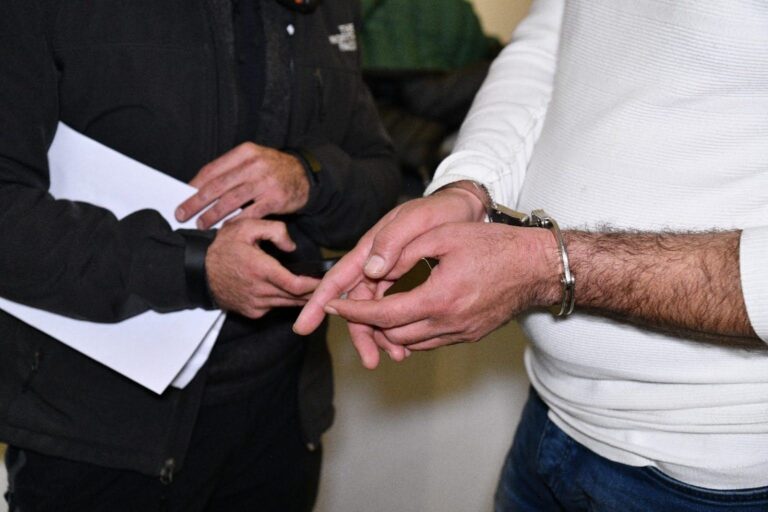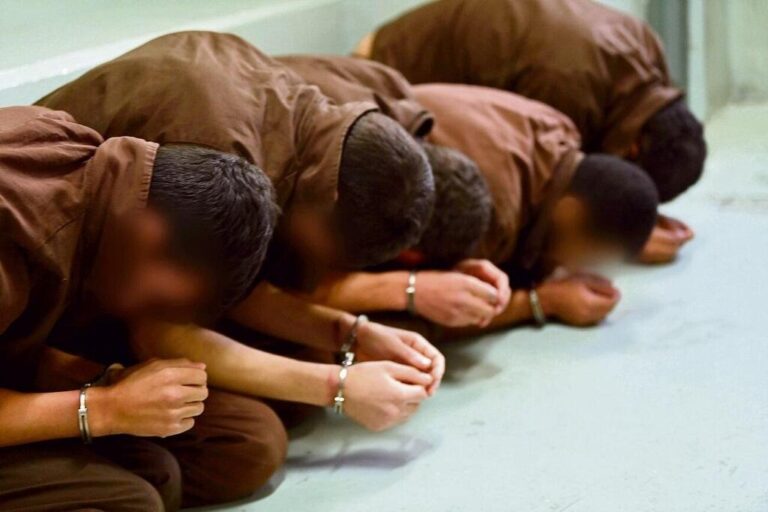 Target is having an identity crisis.
Target is having an identity crisis.
The nation’s third largest retailer was once high-flying, but now it’s struggling to find its place in the minds of American shoppers.
Once known for its cheap chic fashions and home accessories, Target faces competition from trendy chains like H&M. The discounter also hasn’t been able to ditch the image that its prices on staples like milk are higher than rivals like Wal-Mart. And it’s battling the fallout from a massive data breach that has hurt its reputation.
Meanwhile, Target on Tuesday fired the president of its Canadian operations following some missteps in that country. The ousting comes two weeks after the Minneapolis-based discounter announced it was looking for a new leader after the abrupt departure of its CEO.
All of Target’s challenges come as the broader retail industry is dealing with a slow economic recovery that hasn’t benefited all Americans equally and a move by shoppers away from buying in stores and toward shopping online.
As a result, Target reported its first annual profit decline in its latest fiscal year in five years. Target’s first-quarter results, which are slated to be released Wednesday, will offer more insight. And its shares have fallen 10.5 percent this year.
“The nature of the retail landscape has changed,” said Brian Yarbrough, a consumer products analyst at Edward Jones. “I don’t think Target has addressed the changes well.”
Here’s a look at the four big issues Target faces:
THE PROBLEM: CHEAP CHIC STRATEGY
Target was the first low-price retailer to team with designers to create affordable lines when it forged a partnership with Michael Graves in the late 1990s. But that niche has been copied by traditional stores and foreign imports like H&M. Analysts say Target took its eye off the ball on its trendy offerings when it focused on expanding its food business since the recession.
Target also has tripped up on some of its designer collaborations. During the holiday 2012 season, its collaboration with posh retailer Neiman Marcus turned out to be a dud as the merchandise was criticized for being too expensive, among other things.
THE SOLUTION:
Target says it’s moving more quickly to test the latest items in stores. It also made some personnel changes on Tuesday that are aimed at making it more nimble. “We’re getting back to what we were known for,” said John Mulligan, Target’s chief financial officer and interim CEO said in a recent interview with The Associated Press.
THE PROBLEM: PRICE
Since the economic downturn, Target has battled the perception among tight-fisted shoppers that its prices are too high when compared with rivals. That challenge only increased as Wal-Mart, the world’s largest retailer, has pushed its lower prices even more lately.
According to a pricing survey conducted in January by Kantar Retail, a retail consultancy, Target’s prices on an overall basket of more than 40 nationally branded groceries like health and beauty items were nearly 4 percent more expensive than Wal-Mart. That lead widened from a year ago when Wal-Mart was only 2 percent cheaper.
THE SOLUTION:
Target has been pushing the “Pay less” part of its advertising slogan “Expect More, Pay Less.” Last year, it touted prices on products in holiday TV ads, the first time it had done so in at least a decade.
THE PROBLEM: TECHNOLOGY
Target’s data breach late last year, which compromised the credit card and other personal information of millions of customers, exposed big flaws in its security system. Analysts also criticize the company for being too slow in creating a seamless experience for shoppers to jump from physical stores to the web. For example, it just rolled out a program late last year that allows shoppers to order online and then pick up at the store when rivals have been doing that for years.
THE SOLUTION:
Target is overhauling some of its divisions that handle security and technology. It’s also been accelerating its $100 million plan to roll out the more secure chip-based credit card technology in all of its nearly 1,800 stores. Beginning in early 2015, Target will be able to accept these payments from all Target-branded credit and debit cards — becoming the first major U.S. retailer that will have its own branded cards with this technology.
THE PROBLEM: CANADA
Target’s expansion into Canada with more than 100 stores last year has been fraught with problems. Shoppers have complained that prices are too high, and the stores have been wrestling with inventory problems.
As a result, the company’s sales in the country were weak and it recorded a nearly billion loss for the latest year.
THE SOLUTION:
Target said Tuesday that it replaced Tony Fisher, the president of its troubled Canadian operations, with a 15-year U.S. company veteran.
Mark Schindele, 45, who was senior vice president of merchandising operations, will now run the Canadian operation, effective immediately. Schindele, who was senior vice president of merchandising operations, played a key role in launching an expanded grocery area, among other achievements.
(AP)











One Response
Target is not a very family friendly environment. The huge un-tzniusdik pictures all over the store are very in-your-face. Wal-Mart is by far a more family friendly environment.
I have actually expressed my appreciation of this to Wal-Mart’s management. Turns out that this is no mere coincidence. Wal-Mart makes a conscious effort and has policies in place to do this. I drive an extra 10 minutes – passing right past Target – to shop at Wal-Mart.